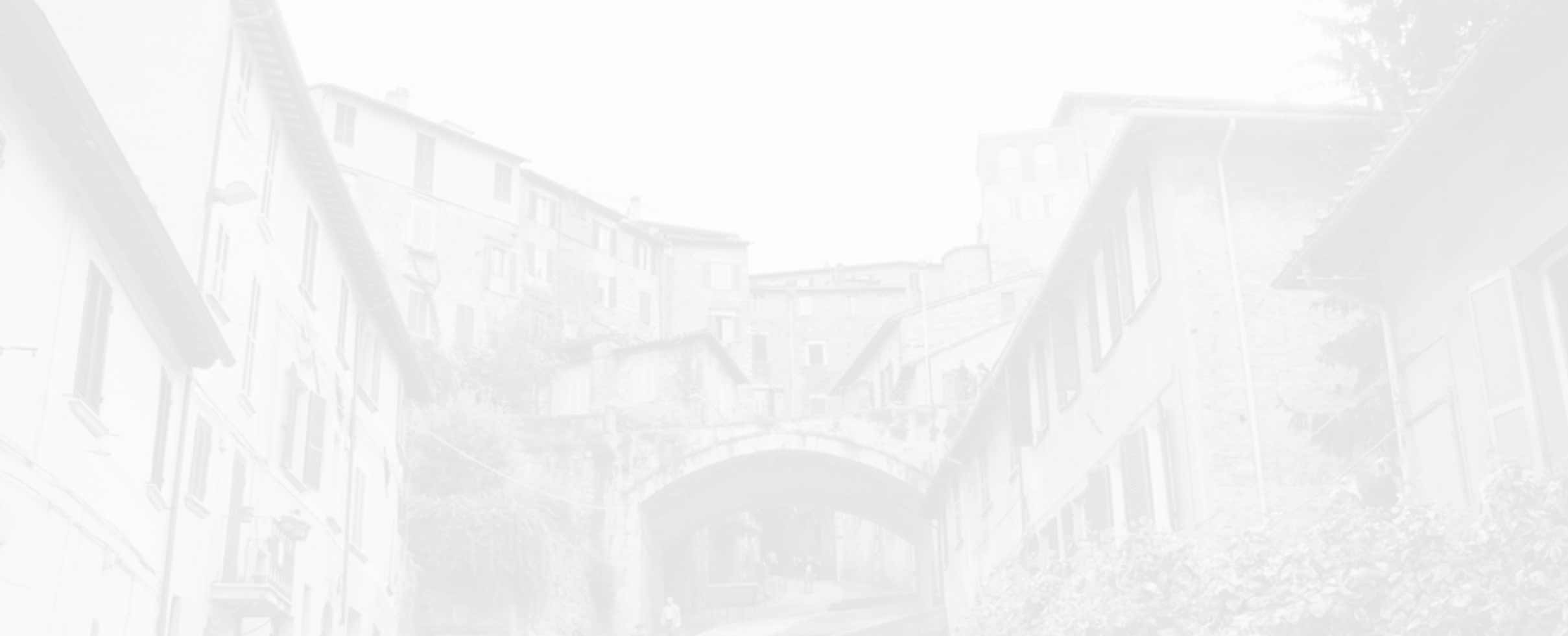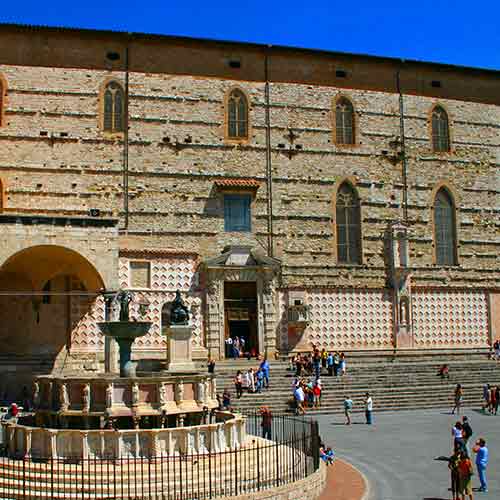




The whole city of Perugia is a museum in and of itself. Visitors reach the city center discreetly built escalators and elevators that whisk them up the steep hills. Two ancient gates, the Arco di Augusto and the Porta Marzia dating back to the 3rd century BC, are reminders of the great Etruscan metropolis that once thrived here.
During the summer, Perugia's ancient walls and squares are remnants of a time long since past. They provide the perfect setting for the modern sounds of jazz music and the hubbub of people enjoying themselves in this fine city. The past and the present exist together in perfect harmony in Perugia.
July is the hottest time of the year with temperatures around 30 degrees celsius. The evenings are much cooler and provide the ability to explore in much comfort. To check the current weather in Perugia click here.
The international Sant'Egidio airport is 7 miles from Perugia, the capital of Umbria. There is a shuttle bus service between the airport and the city center. For more information visit the Travel page.
The Hotel Gio Jazz is perfect for the Umbria Jazz festival. It has a music shop, a jazz library, and even an auditorium. The Etruscan Eurohotel's theme is chocolate. Each room is named after a type of chocolate and filled with goodies.
In the historic center, Mi Cocco is a characteristic restaurant with modest prices. Enjoy regional cuisine at the Antica Trattoria San Lorenzo in an intimate and elegant setting.

To reach the ancient heart of Perugia, save your legs and take the escalators from the Piazza dei Partigiani. Start with the Rocca Paolina. This was built by Pope Paul III after he put down the "salt war", a revolt in 1540 against papal power and taxes. The fort was built over the homes of the rebel leaders, creating an underground city. The restored fort provides a fascinating walk through the oldest parts of the city.

See some of the city's fine churches that are treasure chests of art. Visit San Domenico, a 14th-century church restored in the 17th-century. San Peitro contains many rich works by the best Renaissance painters and the Duomo. The San Peitro also has beautiful frescoed walls in red and white marble, and the austere but harmonious interior.